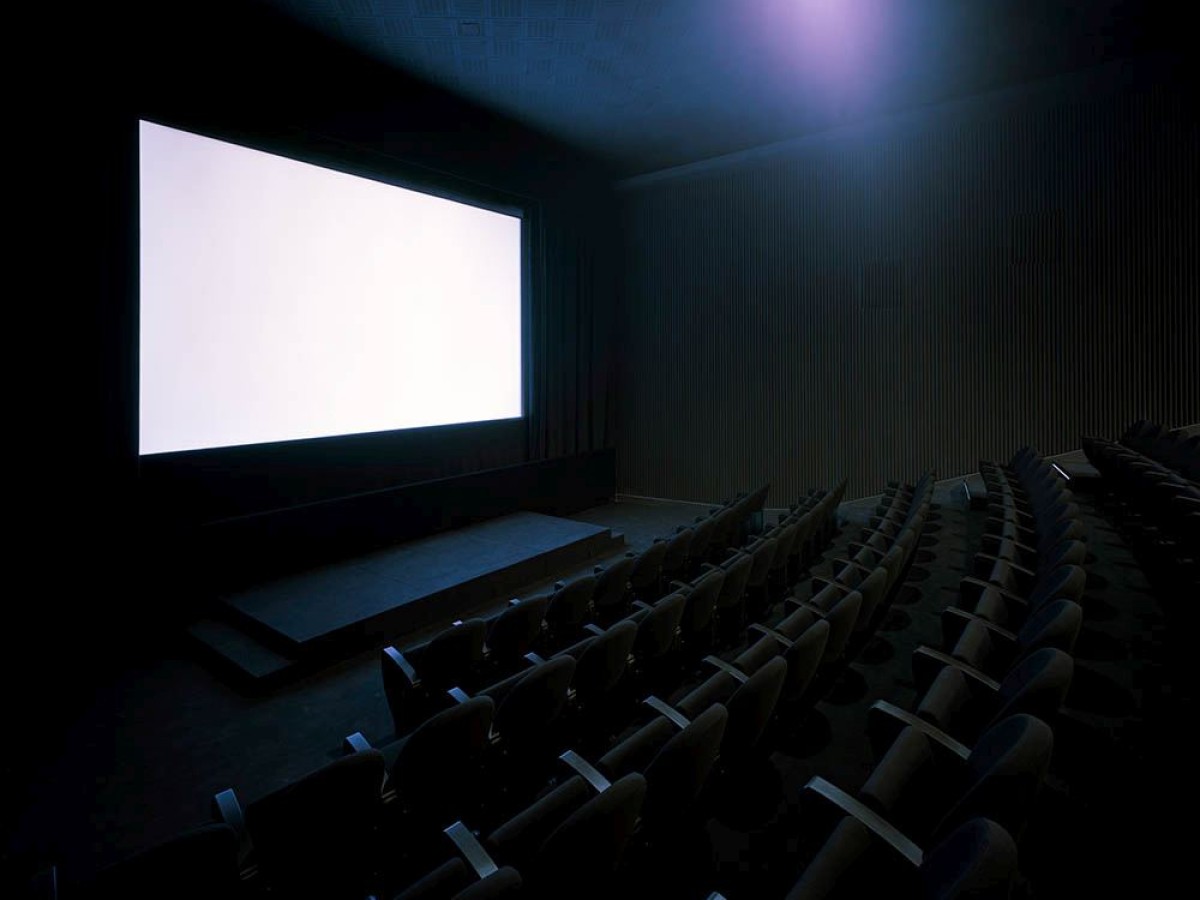The Invisible Cinema
Film, Art, History, and the Museum
Lectures & Dialogues (November 25–29, 2014)
In a letter to Friedrich Heer dated February 18, 1964, Peter Kubelka wrote: "For a film museum, the exhibition space is the screen." Eight days later the association Austrian Film Museum was founded. The press release stated: "We want to counter the prevailing view that film art ages and becomes irrelevant. Works of film art are as ageless as works of painting and music. We also want to offer comprehensive information about contemporary practices. Our goal is to create a place where vibrant care is taken of the cinematic arts: that is, where the most important works of film history are made constantly available to the public. Until now, such a place has not existed in Vienna."
Reflection about what a film museum is and does (or what it should be and should do), or how Film, History, and the Museum relate to each other has not become any less relevant over the past 50 years – quite the opposite. In 1964, the Film Museum founders provided a few direct answers. Although – or perhaps because – the presence and function of the movies has changed greatly in the eyes of the public since then, society faces the same challenges today. Under which circumstances, in which shapes and through which discourses can the materials of film history continue to be meaningful? These questions will be explored through contributions by speakers from the worlds of film and art theory, museum practice, filmmaking, and the philosophy of history.
The Lecture Series is organized in collaboration with the IFK - International Research Center for Cultural Studies.
>> Program
>> Abstracts and biographies (PDF, German and English)
>> Electronic magazine Nach dem Film (the texts and transcripts of this lecture series are available online)
Projects in the framework of the Film Museum's 50th anniversary are supported by the Austrian Film Institute, the City of Vienna and the Austrian Federal Chancellery.


